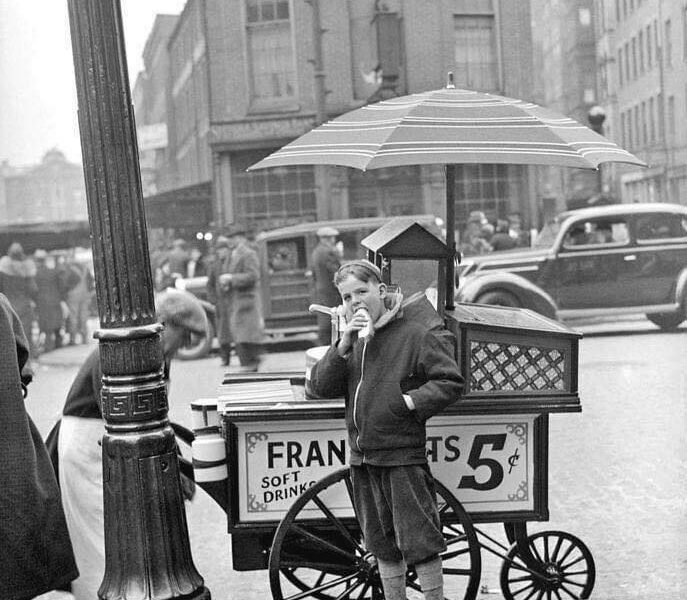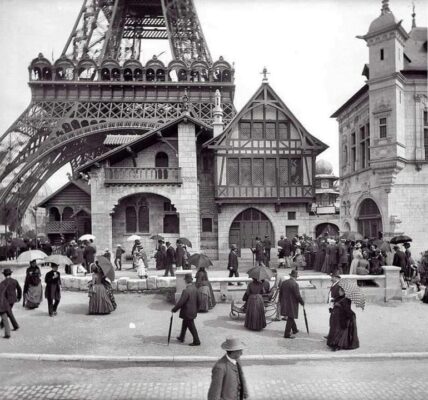North End, Boston, 1937 – A Neighborhood of History and Culture
In 1937, Boston’s North End was a vibrant neighborhood, rich in history and culture. As the city’s oldest residential area, it was known for its narrow streets, historic brick buildings, and a diverse community of immigrants who brought their traditions and resilience to this small but lively district.

At the time, the North End was the heart of Boston’s Italian immigrant community. Families from Sicily, Naples, and other parts of Italy had settled there, bringing with them their customs, cuisine, and strong work ethic. Bakeries, cafés, and restaurants filled the air with the aroma of fresh bread, espresso, and traditional pasta dishes, creating a unique cultural identity for the neighborhood.

However, life in the North End was not always romantic. The 1930s were a challenging time, as America was still struggling with the effects of the Great Depression. Many residents worked tirelessly in textile mills, factories, or at the Boston docks to support their families. Additionally, the neighborhood had its share of organized crime, with gangs that had gained influence during the Prohibition era.

Despite these difficulties, the North End remained resilient. Religious festivals such as the Feast of Saint Anthony and the Feast of Saint Agrippina brought the community together to celebrate their heritage. St. Leonard’s Church, one of the oldest Italian Catholic churches in Boston, continued to be a spiritual and social center for the neighborhood.
Today, the North End remains one of Boston’s most cherished districts, where the past and present blend seamlessly. Looking back at 1937, we see a North End filled with struggles but also with hope—a testament to the enduring immigrant spirit that helped shape America.


